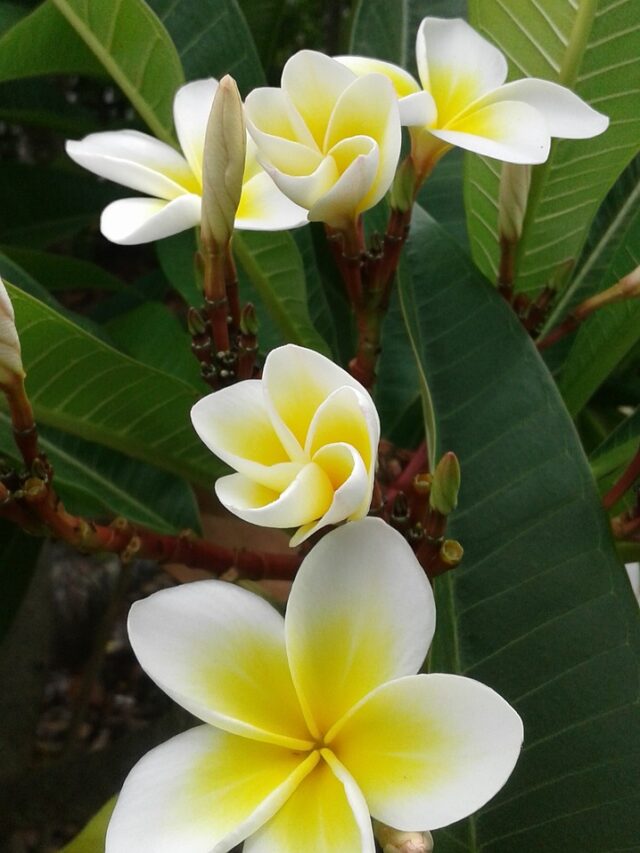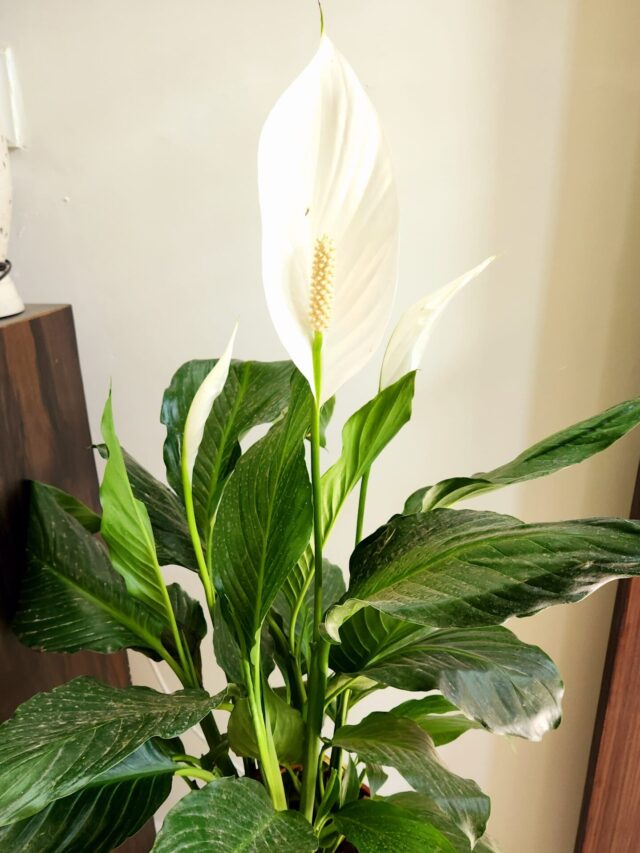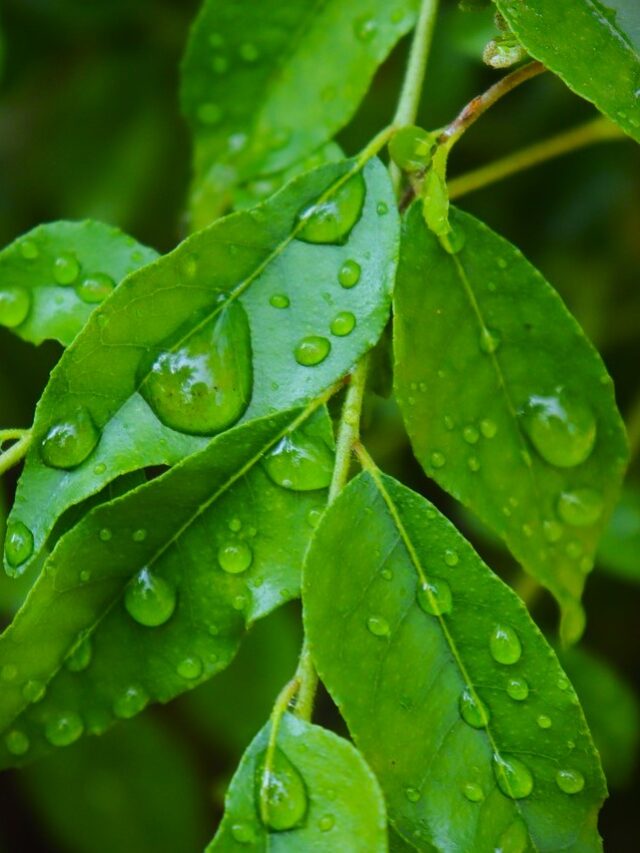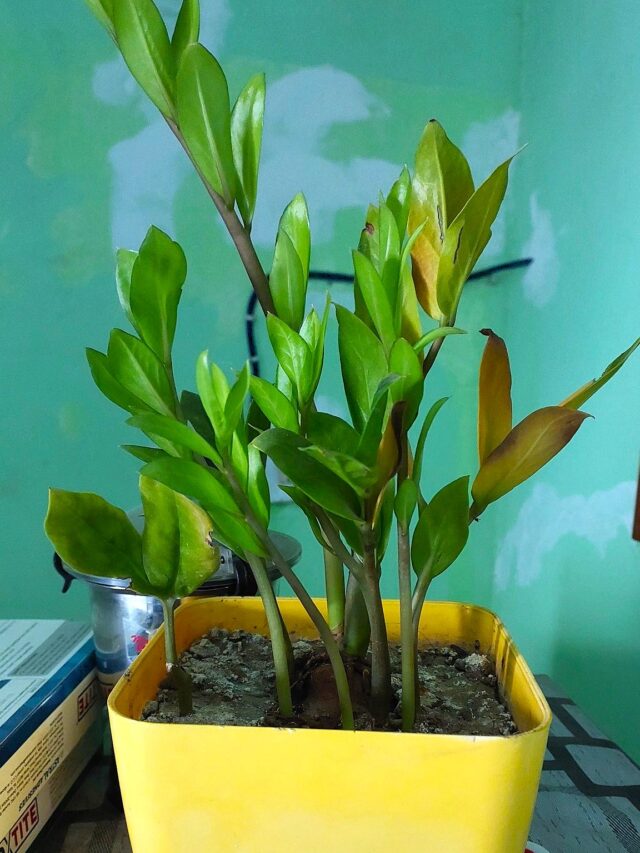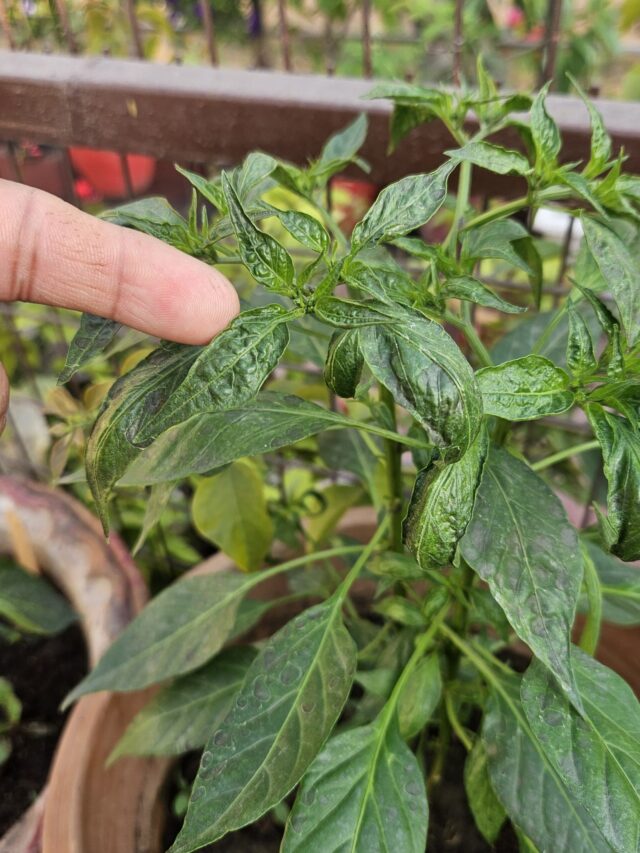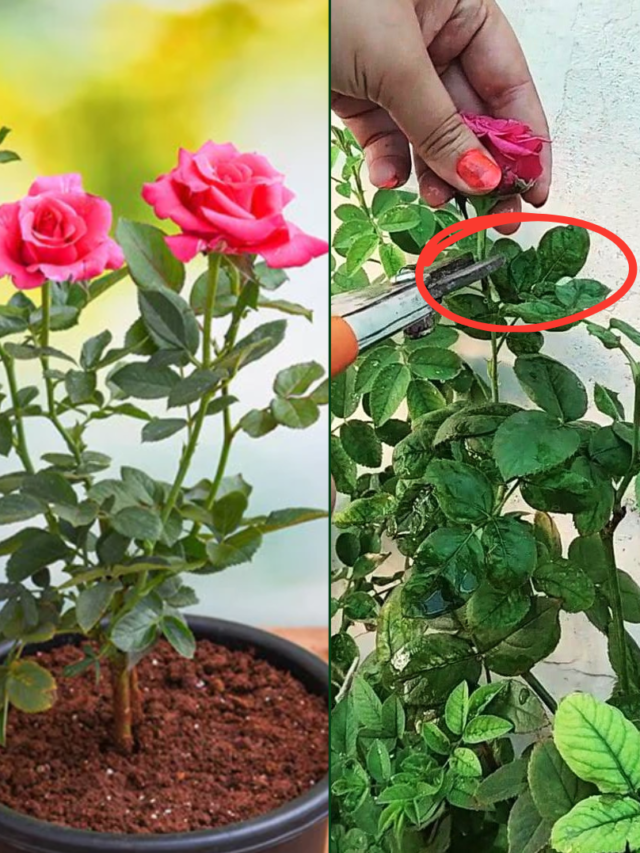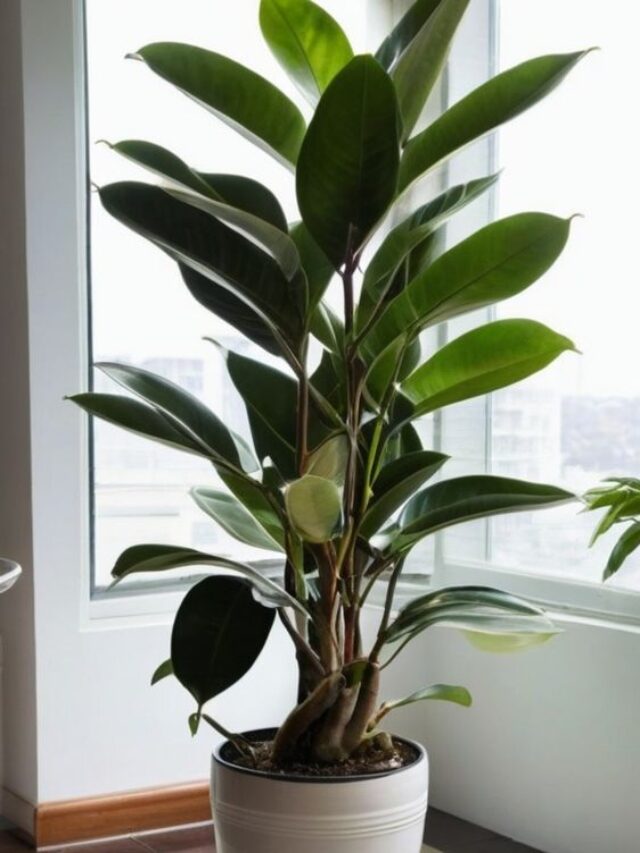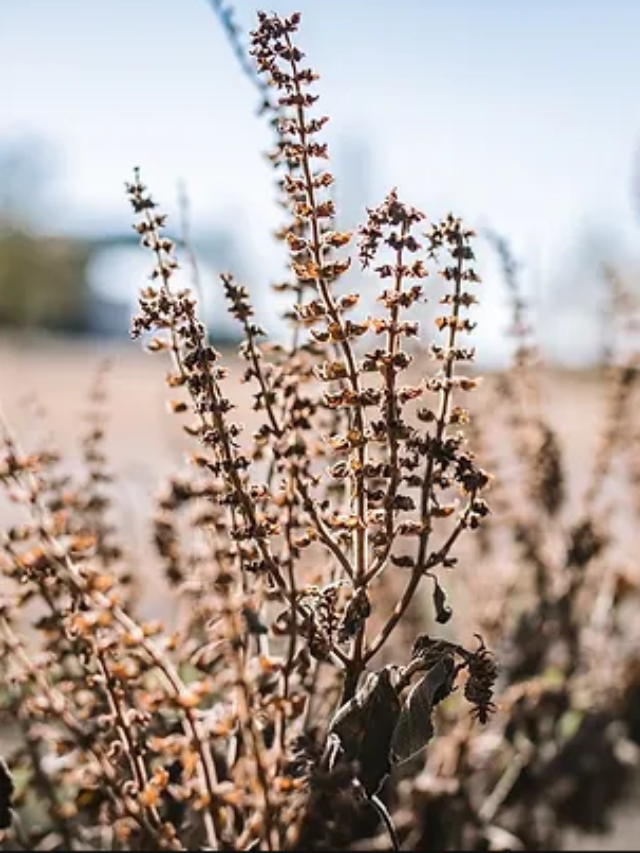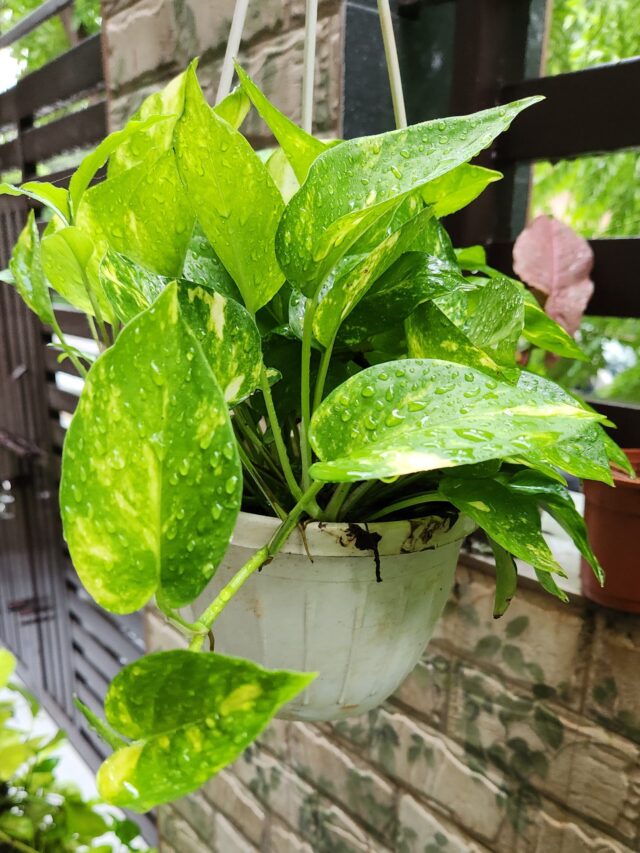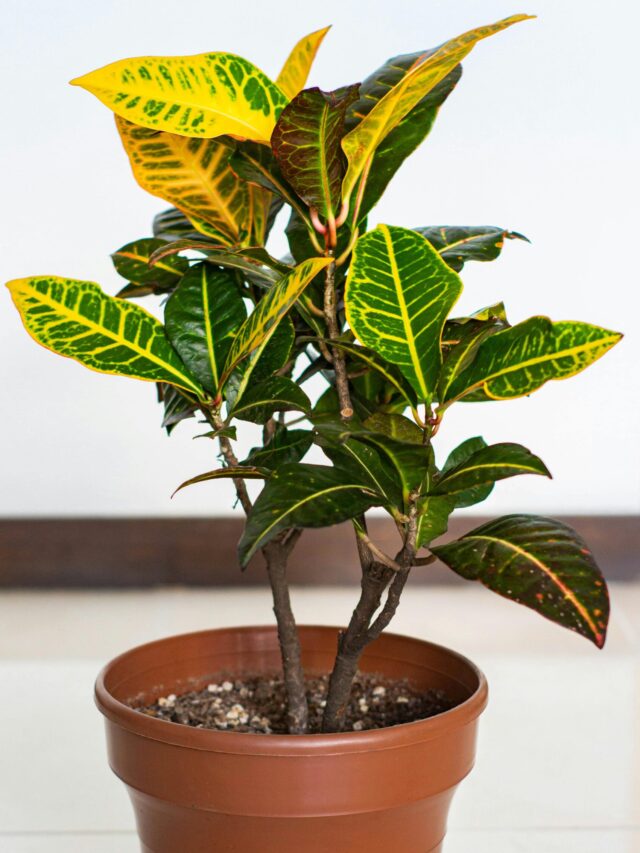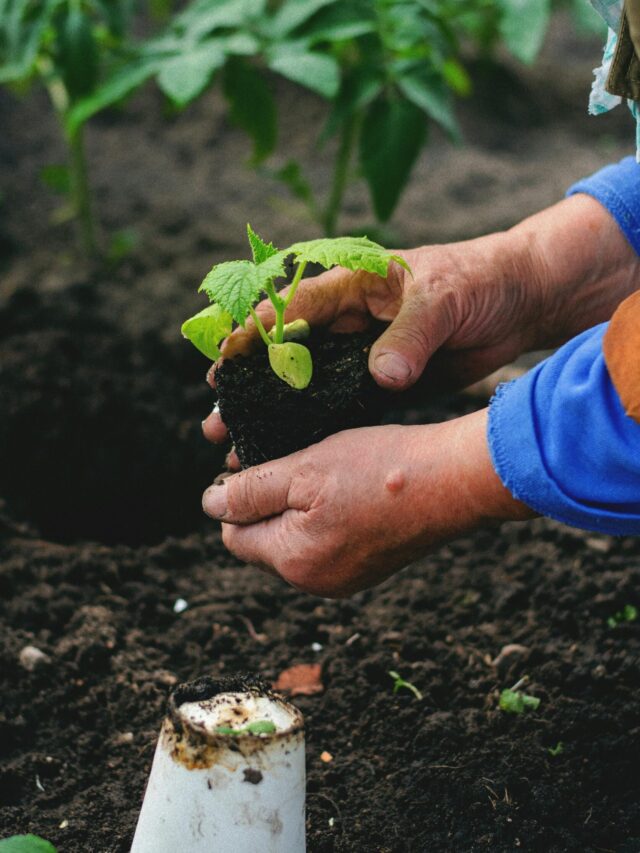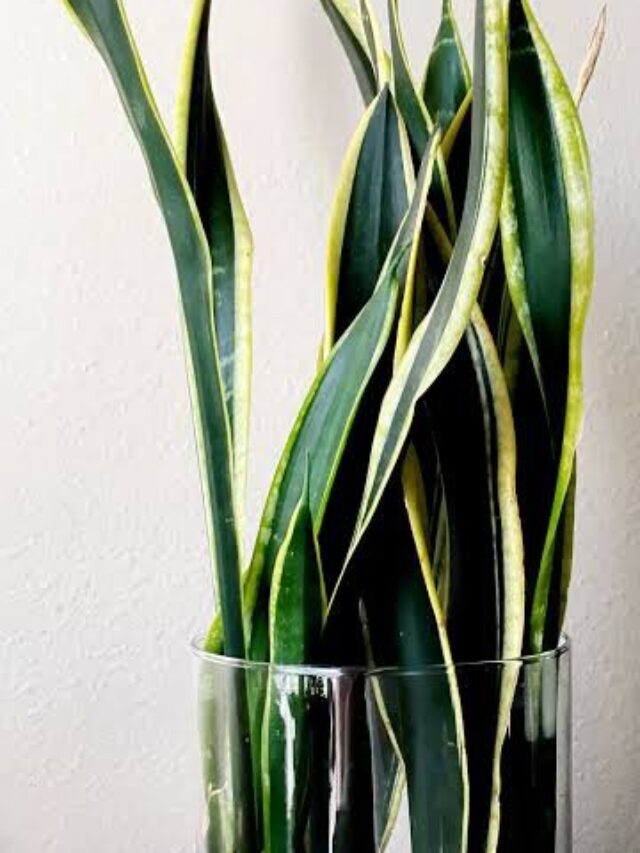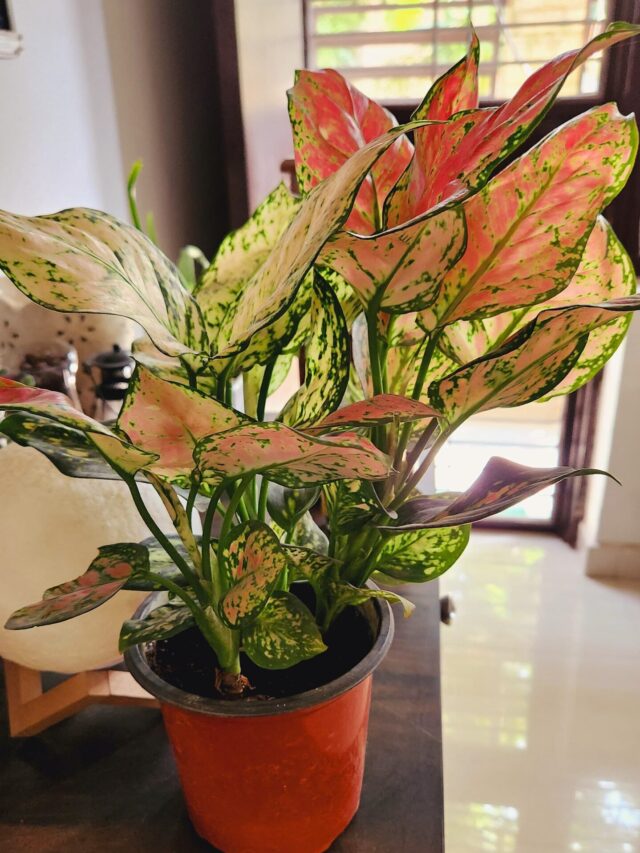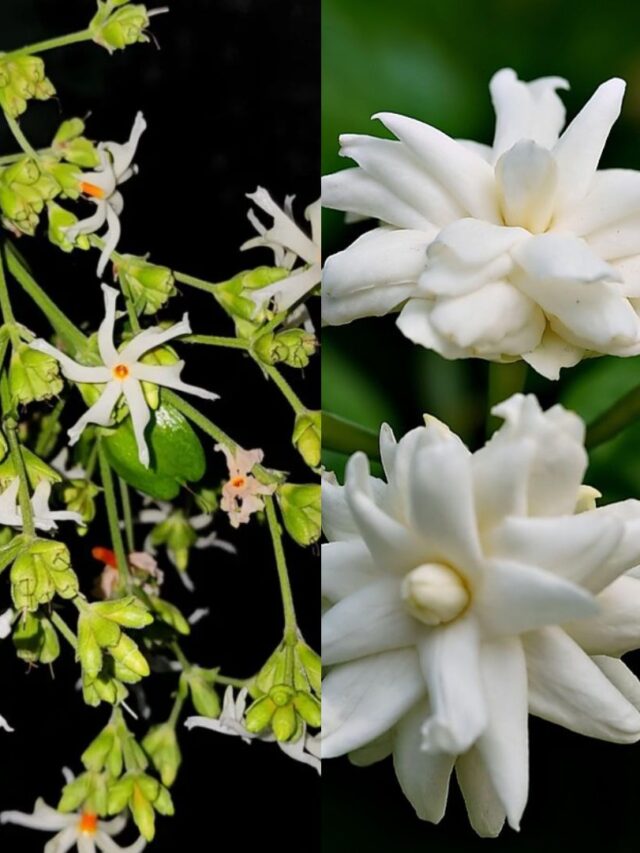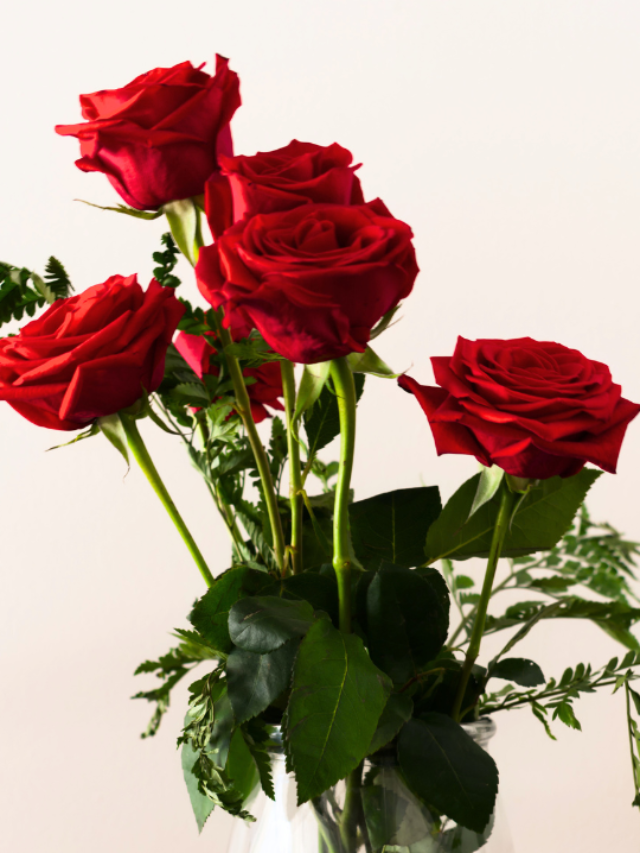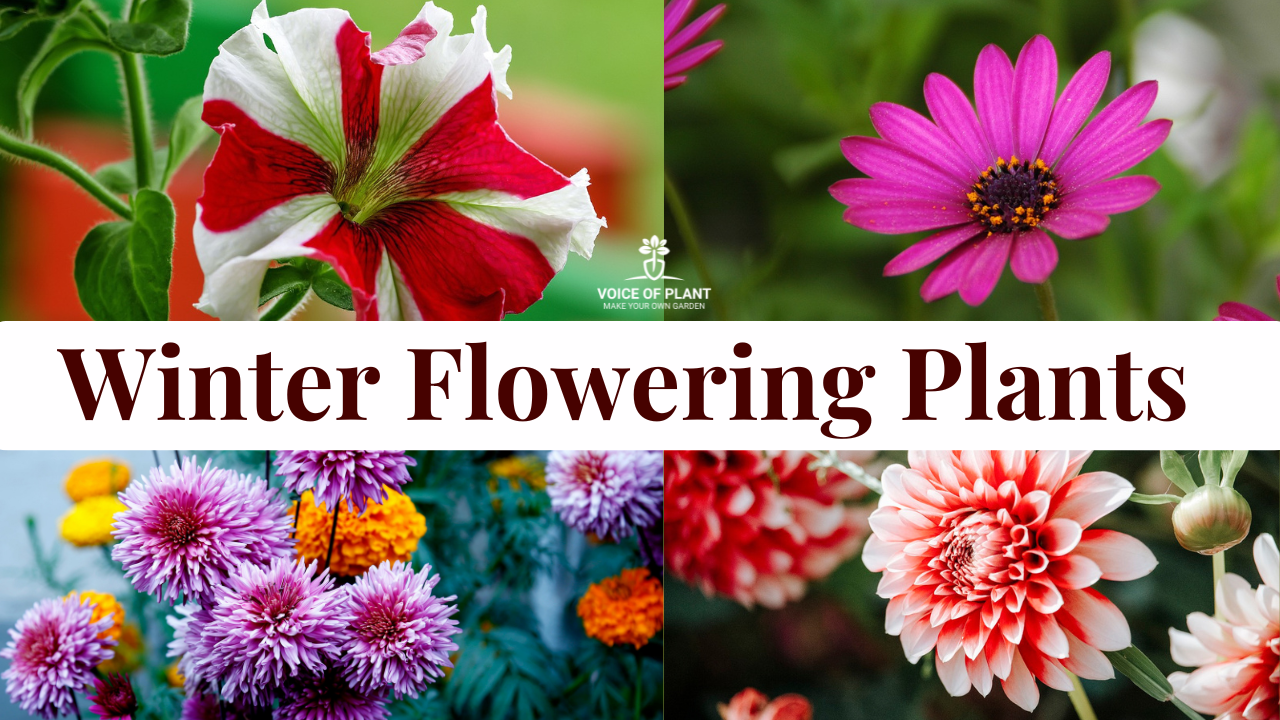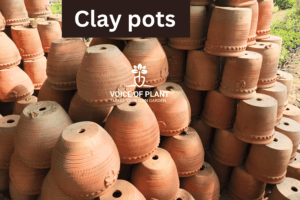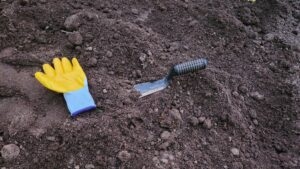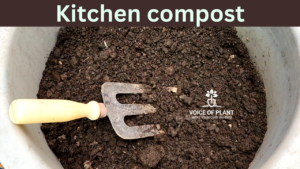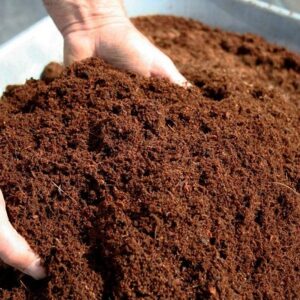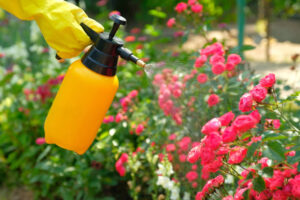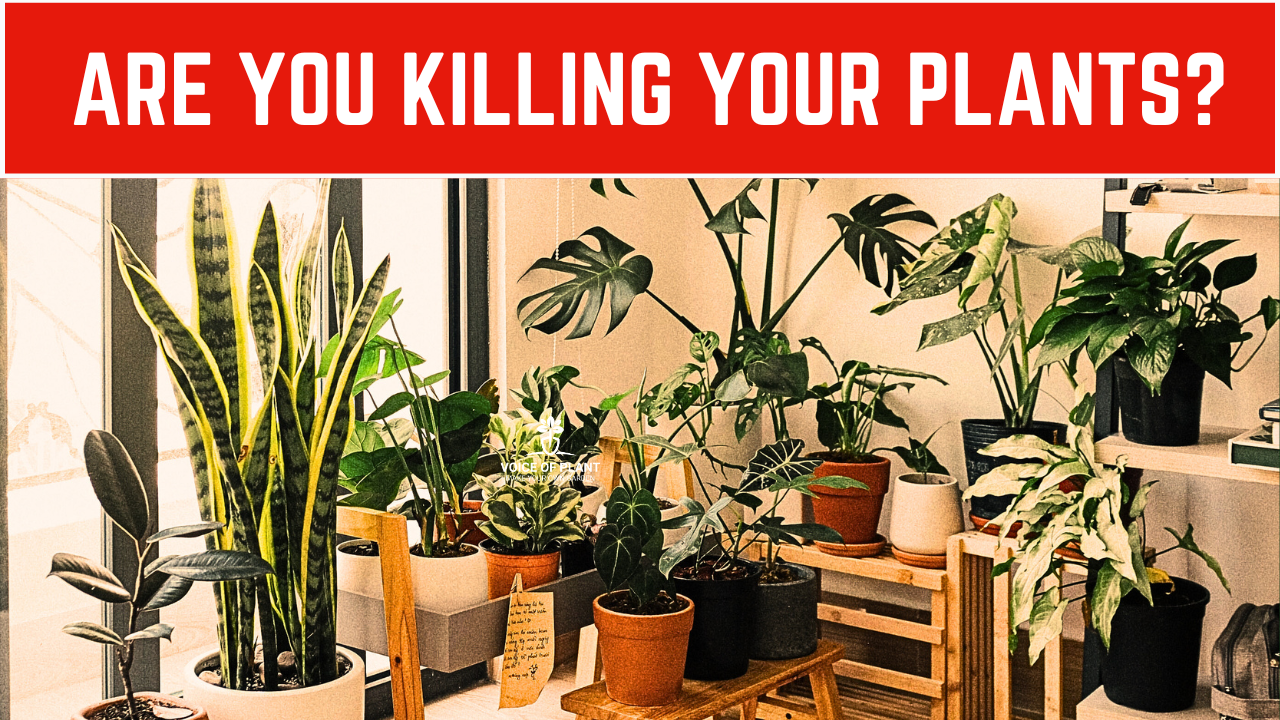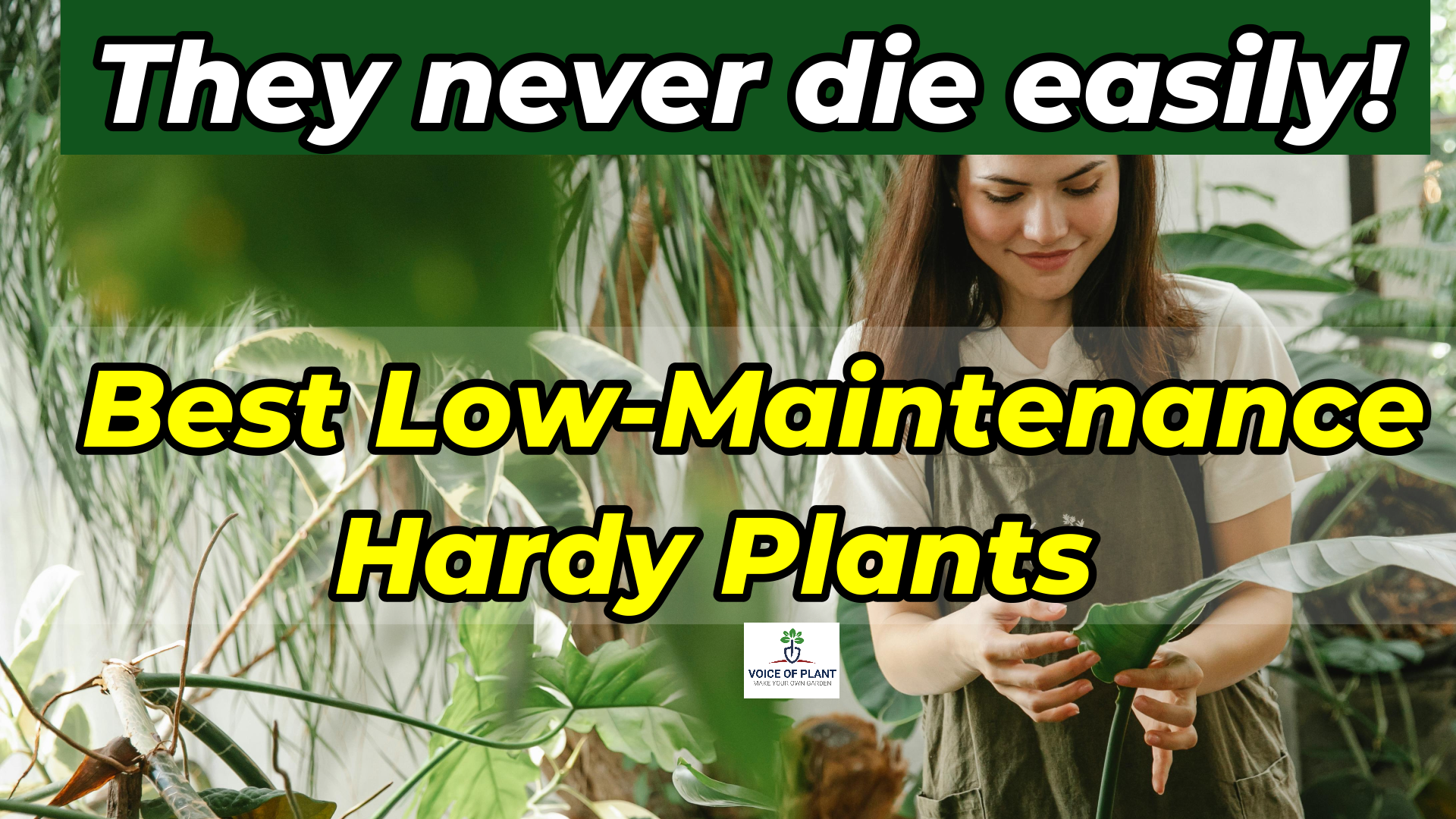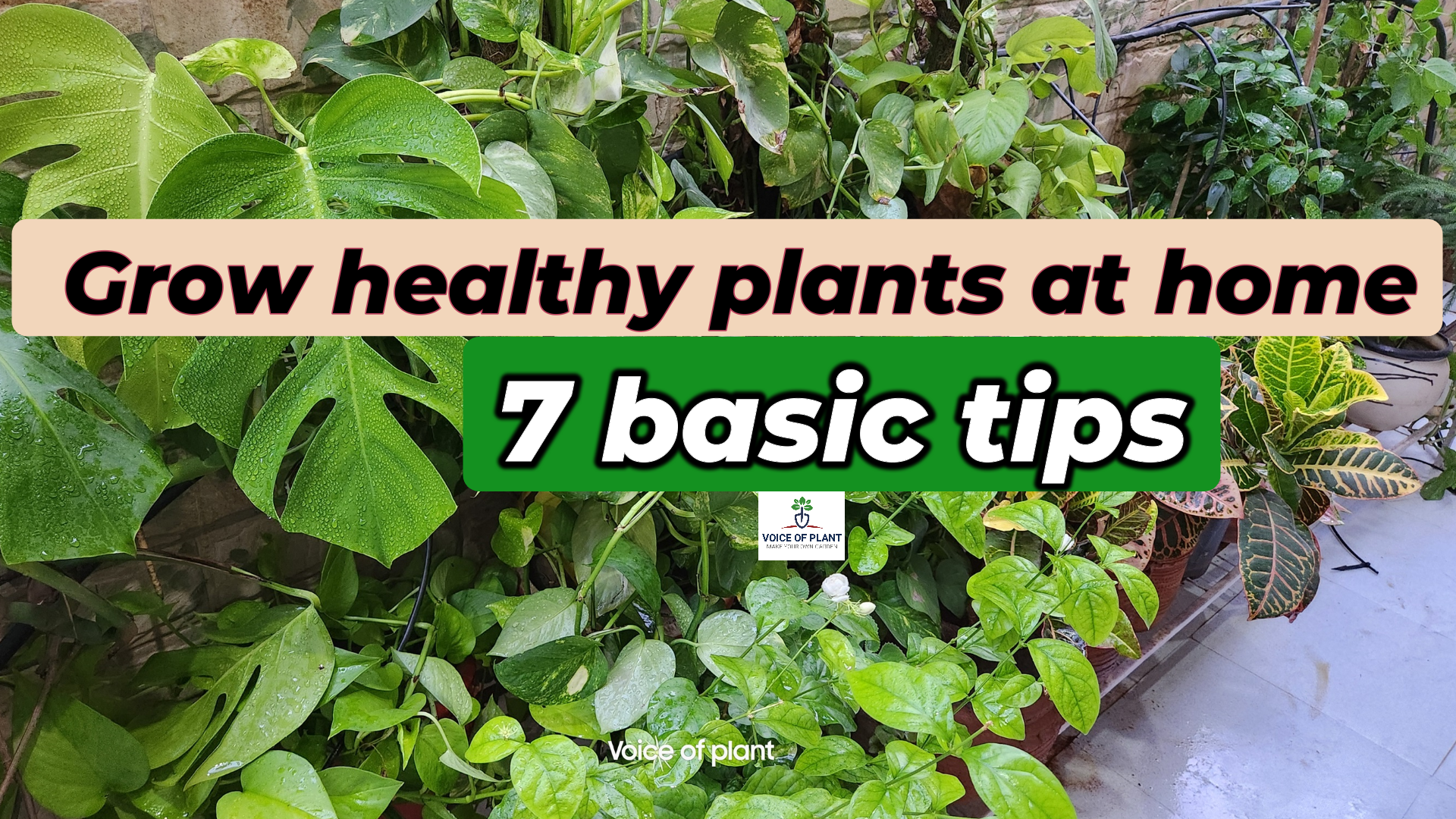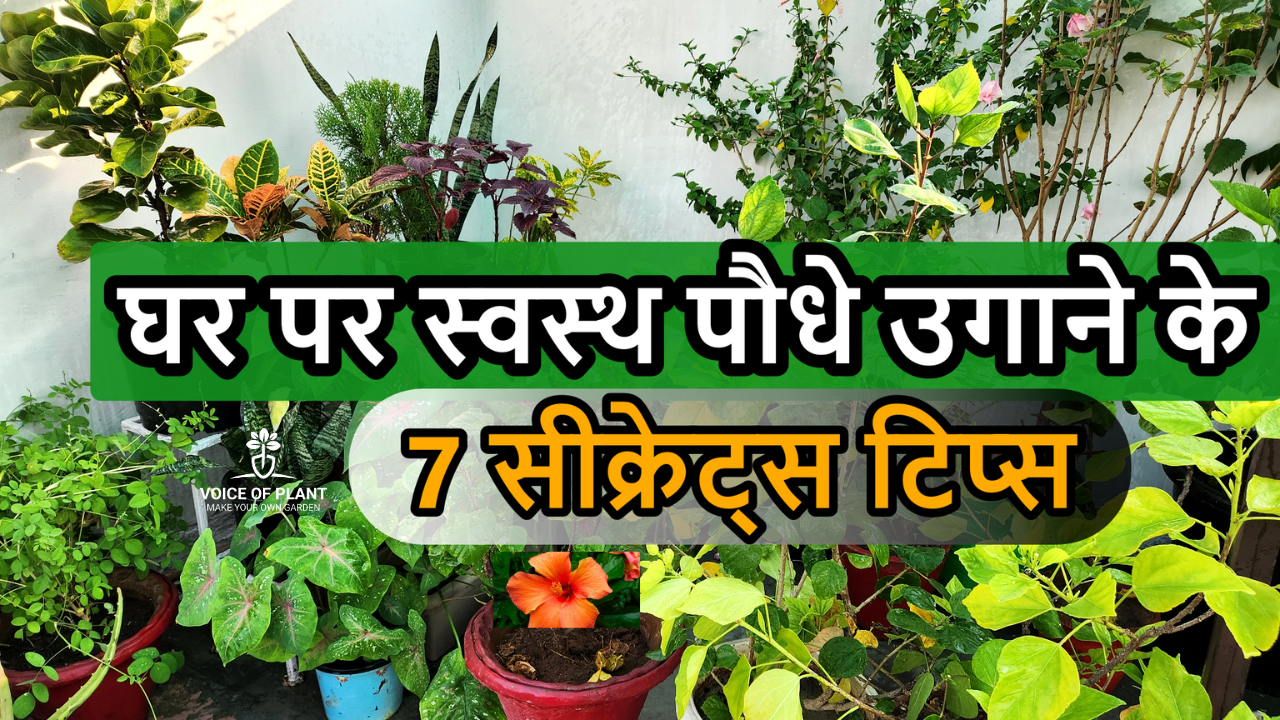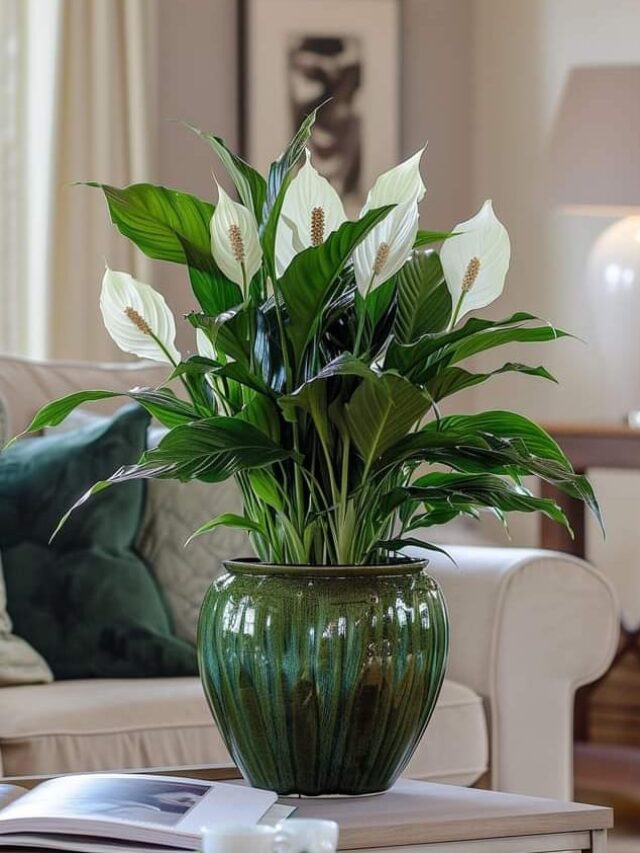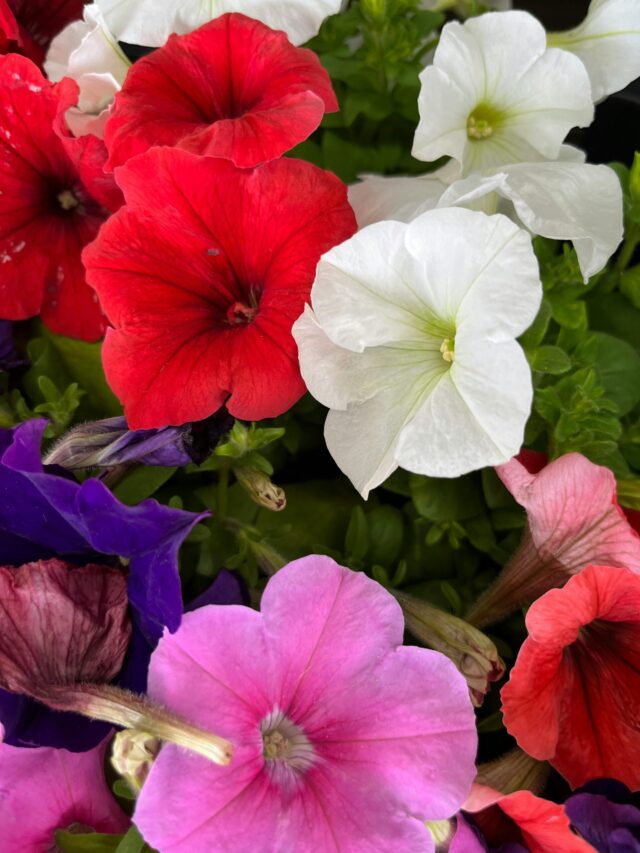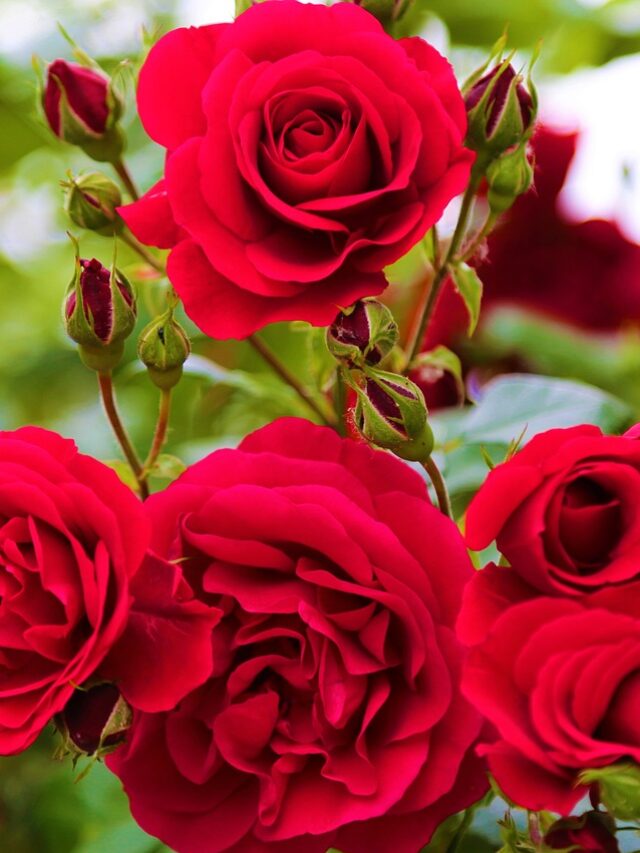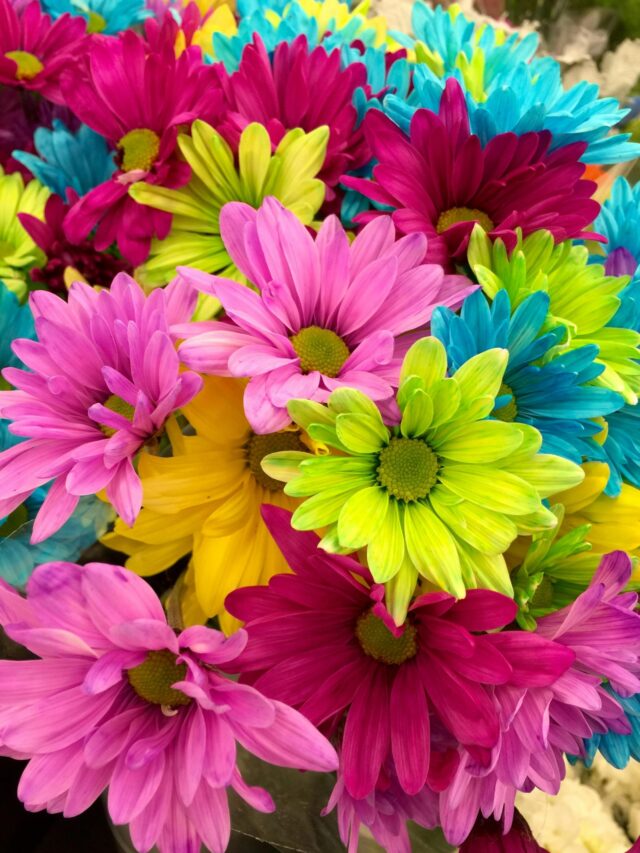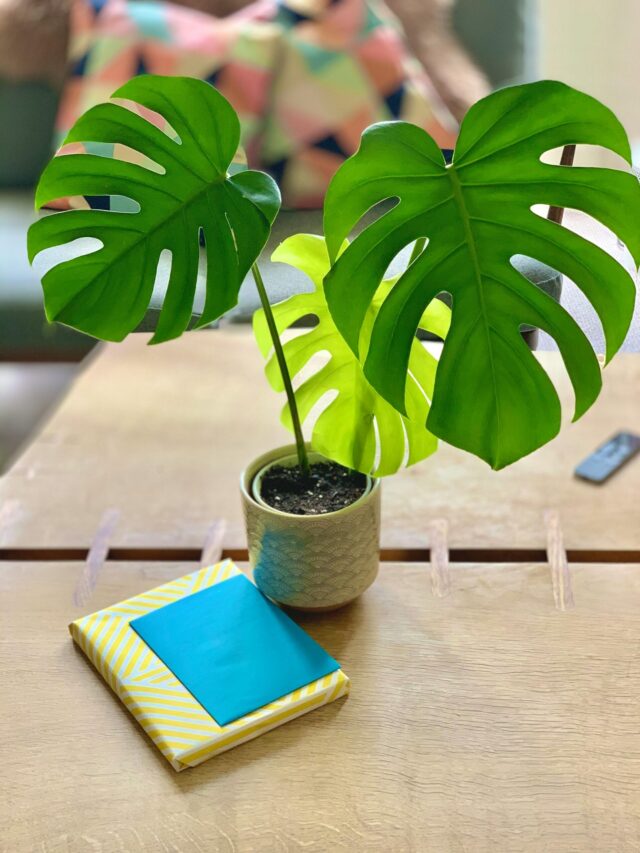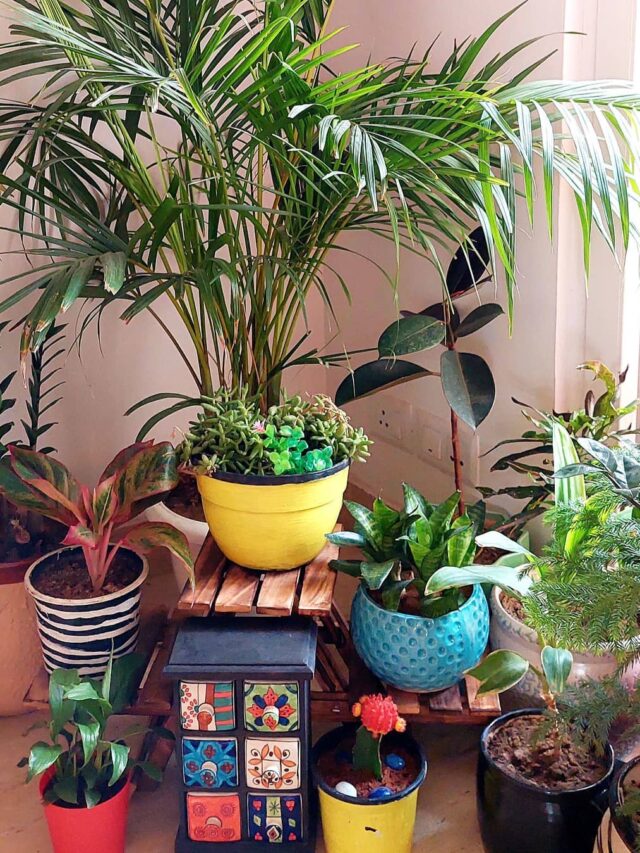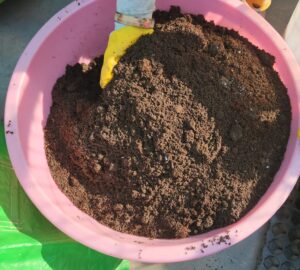Top 13 Winter Flowers to Grow at Home
Winter does not have to be devoid of colors and life in your garden. In fact, it is an opportunity to embrace the unique beauty of winter flowers that thrive in cooler temperatures. Let’s explore the top 13 winter flowers that not only survive but flourish during the winter season, bringing vibrant colors and charm to your garden.
1. Rose: Winter Bloomers with Proper Care

Certain varieties of roses can continue blooming in mild winter climates.
- With the right care, including pruning and protection from harsh frost, these roses will provide beautiful blooms even during the colder months.
Care tips: Regularly prune dead or weak branches, ensure adequate mulching for insulation, and protect from extreme cold for consistent winter flowering.
Also, read: Rose Complete Care Guide
2. Marigold: A Pop of Gold in Winter

Marigolds are hardy flowers thrive in winter conditions, adding a cheerful touch to your garden.
Care tips: Plant them in well-drained soil, and marvel at their ability to withstand winter chills while providing a burst of color.
Also, read: Tips to care Marigold Flowering Plant
3. Chrysanthemum: Autumn’s Lasting Legacy

Chrysanthemums, often associated with autumn, extend their beauty into winter. Available in various colors and shapes, Chrysanthemums add elegance to winter gardens.
Care tips: With proper care, including deadheading and protection from frost, these flowers can be a lasting legacy in your winter landscape.
Also, read: Tips to care Chrysanthemum flowering plant
4. Dahlia: Winter’s Vibrant Holdout

Dahlias are known for their bright and showy blooms, and in regions with mild winters, they can continue to bloom well into the season. With good soil and protection from severe frost, you can enjoy their colors through winter.
Care tips: Plant in well-drained soil, provide occasional watering, and shield them from frost to keep them blooming.
5. Petunia: Resilient Winter Bloomer

Petunias are known for their colorful blooms, resilience, reward you with colorful blooms throughout the colder months.
Care tips: Consider planting them in containers or hanging baskets for a vibrant winter display.
6. Hybrid Vinca: Winter Elegance

Hybrid Vinca, with its glossy, evergreen leaves and delicate flowers, brings a touch of elegance to winter gardens. This versatile plant can tolerate a range of conditions, making it an ideal choice for winter landscaping.
Care tips: Hybrid Vinca plants flourish in well-drained soil and full sun. Water regularly, ensuring the soil dries between waterings. Apply moderate fertilization and ensure good air circulation to prevent fungus.
Also, read: Tips to care Vinca flowering plant
7. Dimorphotheca: A Winter Daisy Delight

Also known as African Daisy, Dimorphotheca is a winter bloomer that adds bright, daisy-like flowers to your garden. It thrives in cooler temperatures and provides cheerful color throughout the winter season.
Care tips: Plant in a sunny spot with well-drained soil, and water sparingly to enjoy its vibrant blooms all winter long.
8. Dianthus: Winter’s Delight

Dianthus, often called winter pink, is a true joy for winter gardens.
- Its vibrant hues and fringed petals brighten the coldest days. Aside from its beauty, Dianthus is incredibly easy to care for.
Care tips: Plant it in well-drained soil, provide adequate sunlight, and watch it bloom throughout winter.
9. Calendula: The Sunflower Mimic

Calendula, with its sunny disposition, is a perfect mimic of the summer sun even in the heart of winter. The bright orange and yellow blooms add a pop of color to the winter landscape. Easy to grow, Calendula thrives in cool temperatures.
Care tips: Plant it in a sunny spot, water sparingly, and enjoy a winter garden that radiates warmth.
10. Sweet Alyssum: Fragrance in Frost

Sweet Alyssum isn’t just visually appealing; it also brings a delightful fragrance to your winter garden. This low-maintenance flower thrives in cooler temperatures.
Care tips: Plant it in well-drained soil, and it will reward you with cascading clusters of tiny, sweet-smelling blooms throughout winter.
11. Iceland Poppies: Snowy Elegance

Iceland Poppies, with their delicate petals and papery blooms, bring a touch of snowy elegance to winter gardens. These cold-resistant flowers are perfect for regions with harsh winters.
Care tips: Plant them in well-drained soil, and enjoy their graceful beauty against the winter backdrop.
12. Dog Flower: Quirky Winter Bloom

The Dog Flower, with its unique and quirky appearance, adds a playful touch to winter gardens. While not as common as other winter flowers, the Dog Flower is worth the effort.
Care tips: Plant it in well-drained soil, and let its whimsical blooms bring a smile to your face during the winter months.
13. Ranunculus: Winter’s Rosy Crown

Ranunculus, with its rose-like blooms, adds a touch of royalty to winter gardens. Despite its delicate appearance, Ranunculus is a hardy winter flower.
Care tips: Plant the bulbs in the fall, and you’ll be rewarded with a crown of lush blooms throughout the winter season.
Benefits of Growing Winter Flowers
Winter gardening is not just about aesthetics; it offers several benefits.
- The presence of winter flowers can positively impact your mood during the colder months, boost biodiversity in your garden, and enhance the overall curb appeal of your home.
Tips for Successful Winter Flower Gardening
To ensure a successful winter flower garden, consider factors such as soil preparation, protection against frost and cold winds, and choosing the right flowers for your region. Proper planning and care will result in a thriving winter garden that brings joy and color to your outdoor space.
——————
Follow our Social media channel:
1. Voice of Plant – YouTube Channel
2. Voice of Plant Facebook Page
3. Instagram Voice of Plant Channel
Happy Gardening!




